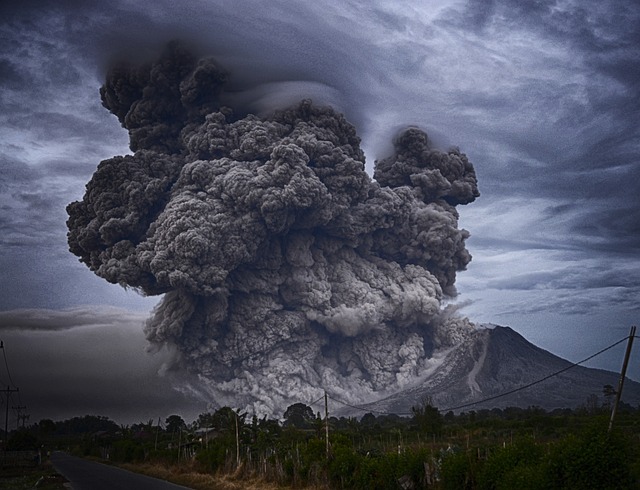Protecting real estate investments requires specialized insurance tailored to cover unique risks. Comprehensive policies address natural disasters and man-made incidents, offering options for repair/reconstruction costs, legal fees, and lost rental income. By evaluating local hazards and property type, owners can tailor coverage for adequate protection. Understanding diverse coverage types safeguards against unexpected financial burdens. The systematic process involves risk assessment, quote comparison, policy selection with transparent applications, regular reviews, and updates to adapt to changing factors.
Securing adequate insurance coverage for real estate damages is paramount for property owners, protecting their investments from unforeseen events. This article guides you through the intricacies of understanding and navigating real estate insurance for damages. We explore various types of common damage scenarios and their respective coverages, offering a comprehensive step-by-step process to ensure you have the best protection in place. By following these insights, you can safeguard your real estate assets with confidence.
Understanding Insurance Coverage for Real Estate Damages

When it comes to real estate, protecting your investment is paramount. Understanding insurance coverage for damages specific to this sector is crucial for property owners and managers alike. Real Estate damage coverage extends beyond standard home or business policies, catering to the unique risks associated with these properties. This can include everything from natural disasters like earthquakes or floods, to man-made incidents such as vandalism or civil unrest.
Insurers offer various policy options designed to mitigate financial losses in case of unforeseen events. For instance, a comprehensive real estate insurance policy might cover repairs or reconstruction costs, legal fees arising from disputes, and even loss of rental income during the recovery period. By evaluating potential hazards specific to their location and property type, owners can tailor their coverage to ensure adequate protection.
Types of Damages and Their Coverage in Real Estate

In real estate, several types of damages can occur, each requiring specific insurance coverage to protect investors and property owners. Structural damage, such as those caused by storms, earthquakes, or fire, are typically covered under standard homeowners’ insurance policies. These policies safeguard against significant expenses related to repairing or replacing the physical structure of a property.
Other common damages in real estate include water damage from plumbing issues or leaks, which is usually addressed in separate endorsements or riders. Additionally, liability coverage is essential to protect against claims arising from accidents on the property, such as slips and falls. Understanding these different types of coverage ensures that real estate investments are secured against potential financial burdens resulting from unforeseen circumstances.
Navigating the Process: Steps to Secure Comprehensive Insurance Protection

Navigating the process of securing insurance coverage for damages in real estate involves several key steps. First, assess your property’s potential risks, including natural disasters, accidents, or wear and tear. This evaluation will help determine the appropriate coverage limits and types. Next, compare quotes from multiple insurers to find a policy that offers comprehensive protection at an affordable price. Make sure to read the fine print carefully and understand what is covered and excluded.
Once you’ve selected a policy, review the application thoroughly, ensuring all information is accurate and up-to-date. Be transparent about your property’s history and any existing damages to avoid unexpected denial of claims in the future. Regularly review and update your policy as needed to keep pace with changes in your real estate investment or local environmental conditions.






